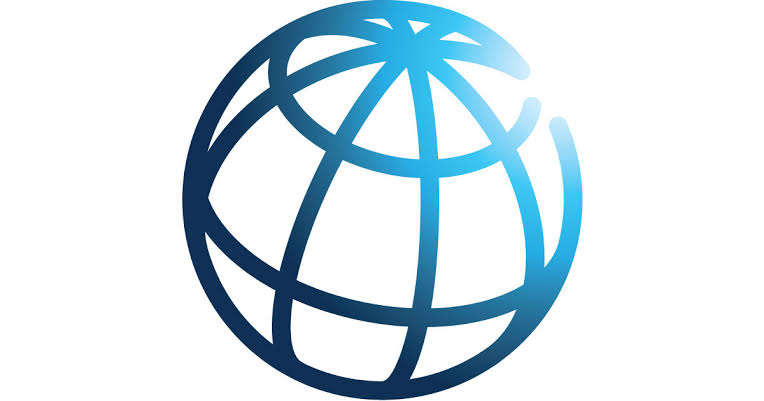All Posts in "Day: October 4, 2022"
World Bank lowers Nigeria’s 2023 economic growth forecast to 3.2%
By Favour Nnabugwu
The World Bank has lowered its economic growth forecast for Nigeria in 2023 to 3.2 per cent from 3.3 per cent
The bank attributed the down grade to low global growth, the war in Ukraine and including declining demand from China for commodities produced in Africa.
Citing similar conditions, the World Bank also projected that the Sub Saharan African region will recorded a lower economic growth of to 3.3 per cent in 2022 from 4.1 per cent recorded in 2021.
Consequently, the World Bank called on the governments in the Sub Saharan African region to urgently implement measures to restore macro-economic stability and protect the poor in a context of slow growth, high inflation
The forecasts were contained in the October edition of the World Bank’s Africa’s Pulse, a biannual analysis of the near-term regional macroeconomic outlook, economic growth in Sub-Saharan Africa (SSA).
Highlighting the growth factors for Nigeria’s economy, the World Bank said: “The Nigerian economy is projected to slow in 2023, down to 3.2 percent (from 3.3 percent) and persist at this level the following year. Growth will be supported mainly by the rebound in private consumption prompted mostly by accommodative monetary policy as inflationary pressures subside.
“Private consumption expenditure is forecast to decrease this year and grow next year. This performance will likely continue in 2024. On the production side, growth in 2023 will be supported by industry (with growth of 5.1 percent) with the mega-refinery project.”
On its growth forecast for the Sub Saharan African region, the World Bank said: “Economic growth in Sub-Saharan Africa (SSA) is set to decelerate from 4.1% in 2021 to 3.3% in 2022, a downward revision of 0.3 percentage points since April’s Pulse forecast, mainly as a result of a slowdown in global growth, including flagging demand from China for commodities produced in Africa.
On the factors undermining economic growth in SSA, the World Bank said: “The war in Ukraine is exacerbating already high inflation and weighing on economic activity by depressing both business investments and household consumption. As of July 2022, 29 of 33 countries in SSA with available information had inflation rates over 5% while 17 countries had double-digit inflation.
“Elevated food prices are causing hardships with severe consequences in one of the world’s most food-insecure regions. Hunger has sharply increased in SSA in recent years driven by economic shocks, violence and conflict, and extreme weather. More than one in five people in Africa suffer from hunger and an estimated 140 million people faced acute food insecurity in 2022, up from 120 million people in 2021, according to the Global Report on Food Crises 2022 Mid-Year Update.
“The interconnected crises come at a time when the fiscal space required to mount effective government responses is all but gone. In many countries, public savings have been depleted by earlier programs to counter the economic fallout of the COVID-19 pandemic, though resource-rich countries in some cases have benefited from high commodity prices and managed to improve their balance sheet.”
“Debt is projected to stay elevated at 58.6% of GDP in 2022 in SSA. African governments spent 16.5% of their revenues servicing external debt in 2021, up from less than 5% in 2010. Eight out of 38 IDA-eligible countries in the region are in debt distress, and 14 are at high risk of joining them.
At the same time, high commercial borrowing costs make it difficult for countries to borrow on national and international markets, while tightening global financial conditions are weakening currencies and increasing African countries’ external borrowing costs.”
Stressing the need for governments to improve the efficiency of existing resources and to optimize taxes in response to the above challenges, the World Bank added that, “In the agriculture and food sector, for example, governments have the opportunity to protect human capital and climate-proof food production by re-orienting their public spending away from poorly targeted subsidies toward nutrition-sensitive social protection programs, irrigation works, and research and development known to have high returns.
“For example, one dollar invested in agricultural research yields, on average, benefits equivalent to $10, while gains from investments in irrigation are also potentially high in SSA. Such reprioritization maintains the level of spending in a critical sector, while raising productivity, building resilience to climate change, and achieving food security for all.
Creating a better environment for agribusiness and facilitating intra-regional food trade could also increase long-term food security in a region that is highly dependent on food imports.”
.


